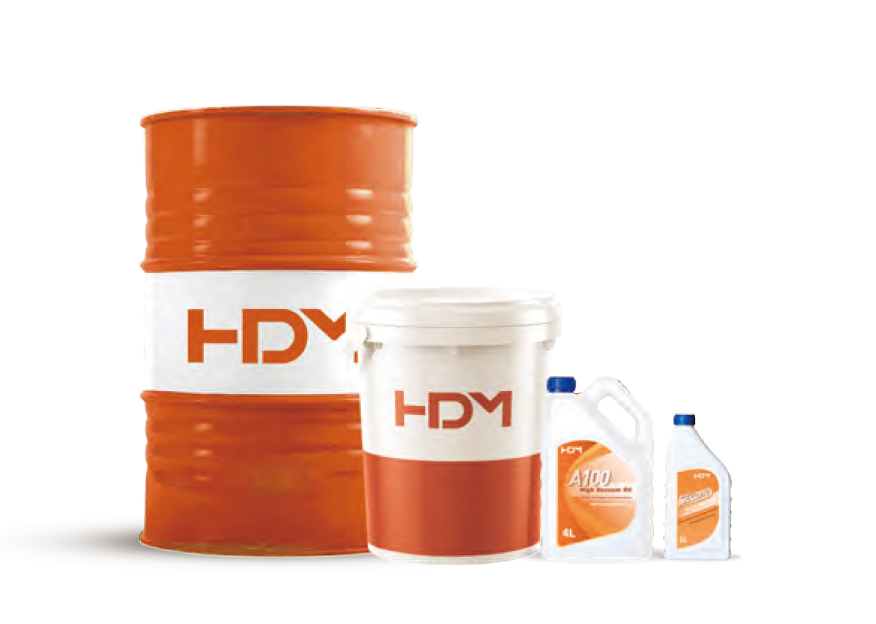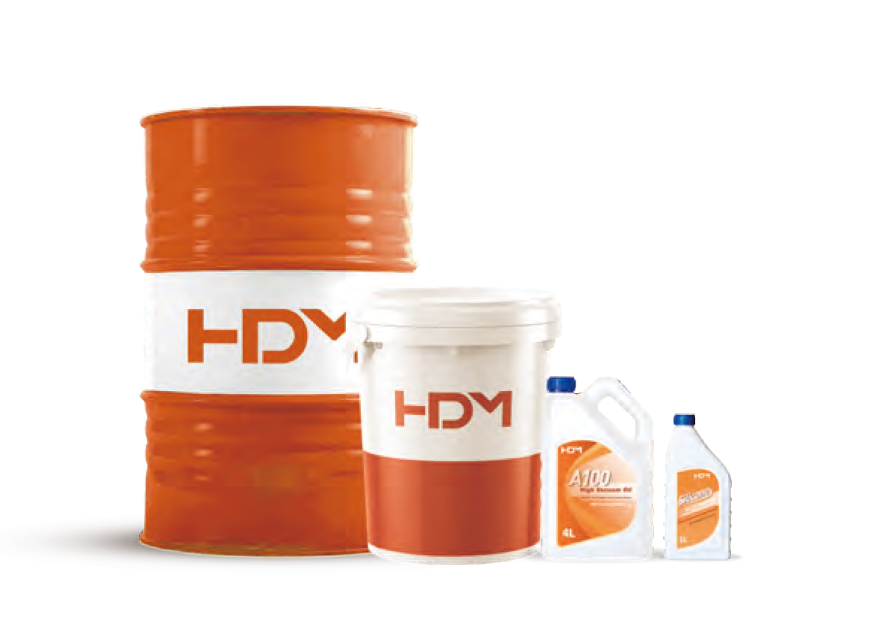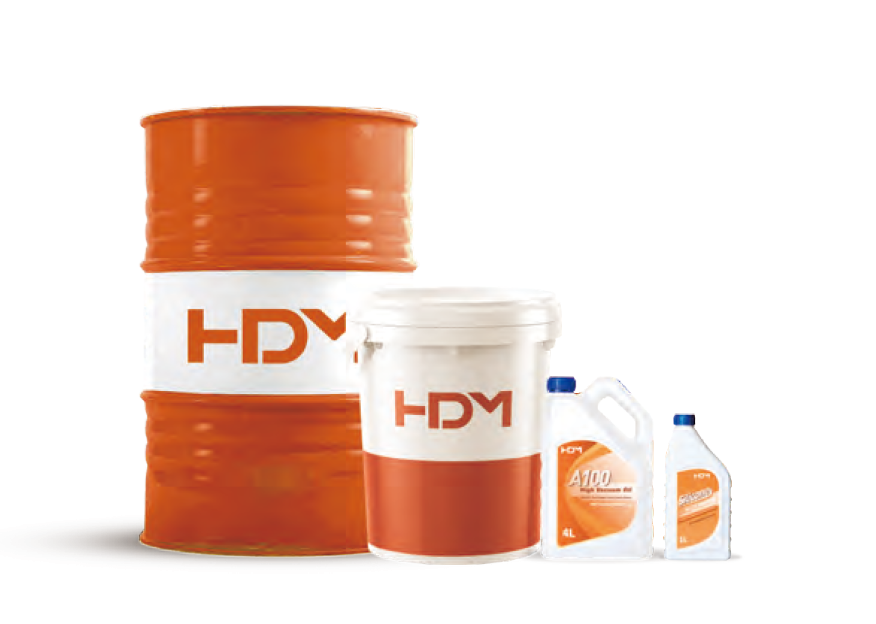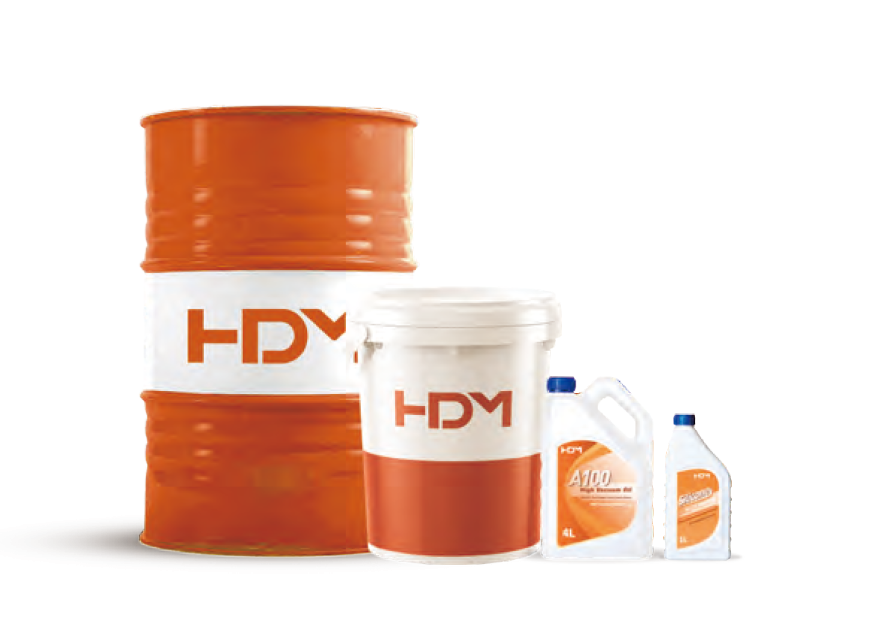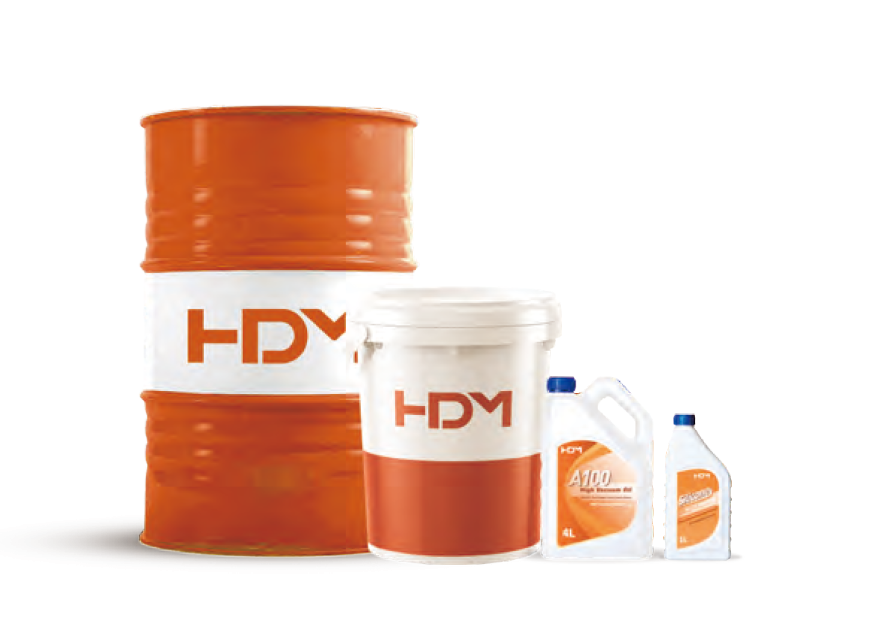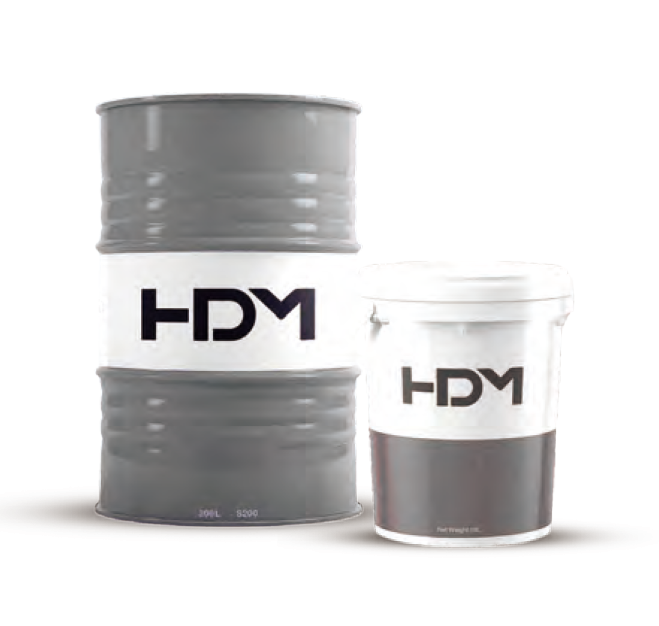Metals are used to make many structures, vehicles and objects such as cars, buildings, ships and more. Because corrosion causes metal to deteriorate, it is not needed in modern metal applications. However, this is a natural process that depends on a variety of factors. In this article, we explain what corrosion is and how it occurs. We also learned about different types of corrosion.
Corrosion of metals is the gradual degradation of materials caused by chemical and/or electrochemical reactions with the environment. This is a natural process that converts metals into chemically stable forms. Iron turns into iron oxide (=iron ore), copper reacts with sulfur-containing molecules and reverts to the sulfide form.
How Corrosion Occurs
In nature, most metals exist as stable compounds. To reach a stable form at lower energies, metal atoms lose one or more electrons from their structure. These electrons combine with other elements in the environment such as oxygen, sulfur or chlorine. During this electrochemical process, the metal is oxidized. There must be a potential difference between two points before electrons can flow.
The corrosivity of metals depends on:
- It has a tendency to lose electrons
- External conditions that facilitate the flow of electrons (temperature, pressure, friction, etc.)
Corrosion classification
Corrosion occurs on different scales. Slight discoloration or complete breakdown of the metal may be observed.
Corrosion can be divided into the following categories:
- Staining: A mild form of corrosion that occurs in dry environments, resulting in slight coloring or loss of luster. Staining is limited to the surface and is unlikely to affect the structural strength of the material.
- Corrosion: More extensive attack on a metal surface, resulting in changes in metallurgical properties.
- Rust: Corrosion of ferrous materials such as steel. Ferrous materials are particularly susceptible to corrosion.
Different types of corrosion
- Differential aeration
In this type of corrosion, there are areas of low oxygen concentration (anodic area) and areas of high oxygen concentration (cathode area). The metal will start to corrode in the anode area. An example of differential aeration is water droplets on a metal surface. The oxygen concentration in the central region of the droplet is lower than in the edge region. This allows electrons to flow. At the edge of the droplet, the electrons react with water and oxygen to form rust, leaving a brown ring. Another example is the slideway of a machine tool where pure oil covers the area of a water-based metalworking fluid. The area under the pure oil film is oxygen-deprived compared to water-based materials. Most likely there is corrosion under the oil since this is the anode area. - Unified attack
When the metal surface is covered with a layer of water, the anodic and cathodic regions are constantly changing. This results in a uniform degree of corrosion. - The role of electrolytes
Pure water corrodes most metals very slowly because it contains no other molecules except H2O. The ionization of pure water is a very slow process. When salts, acids or basic compounds are added to water, the ionic concentration and conductivity of the fluid increases. This leads to an acceleration of the corrosion process. This is why seawater corrodes faster than pure water. - Pitting
Pitting corrosion is localized erosion that creates small holes in the metal surface. This happens when the area of corrosion is still small and concentrated in one point. An example is chloride pitting of stainless steel. The surface of stainless steel is an oxide layer, which plays a role in protecting the steel. When there is a slight scratch on the surface, it can be the source of a potential gradient between the oxide layer (cathode) and the scratch (anode), resulting in a pit.
Corrosion is a natural process that can have several negative effects on metals. Even the smallest form of corrosion requires repair and maintenance. The annual loss caused by corrosion all over the world is a huge waste and should be minimized. It is estimated that 50% of metal corrosion loss can be prevented with proper protection methods.
Metals are used in a variety of applications: vehicles, plains, trains, building structures, work tools... When metal used in any of these applications is subjected to corrosion, it loses its strength, resulting in a potentially dangerous situation. Although all metals have a tendency to corrode, many types of corrosion can be prevented.
- Choose the right metal
The easiest way to prevent corrosion is to use a corrosion-resistant metal such as stainless steel or aluminum. The continuous innovation and development of new nickel alloys, steel alloys and titanium alloys brings new levels of corrosion protection. Depending on the circumstances, these metals can be used to reduce the need for additional corrosion protection. Corrosion passivation agent
Corrosion passivators are added to metals to prevent corrosion. They react with the surrounding chemical environment to form a protective layer on the metal that acts as a corrosion barrier. Corrosion passivated steels/metals are used in petroleum refining, chemical production and water treatment engineering.
Some examples of corrosion passivation:- Stainless steel is ferrous (Fe) rich in corrosion passivators such as chromium. Chromium forms a protective oxide layer that protects the iron from further attack.
- High-silicon cast iron forms a protective film of silica to prevent cast iron from corroding.
- Organic film former
Organic film formers form an organic, paint-like layer on the metal surface to protect the metal from corrosion. The metal surface attracts molecules of the protective material, forming an impermeable barrier against the most important corrosion initiators, oxygen and water.
There are many different organic film-forming anticorrosion products on the market, but they all have a common film-forming principle.
HDM film forming fluid
The HDM range offers a variety of organic film formers (solvent-based or oil-based) to protect metals from corrosion. Each type is developed and tested for specific operating conditions and applications. Whether you need an organic film former with excellent dehydration capabilities, high flash point, long-term protection or a cost-effective solution, HDM has the right corrosion protection fluid for your requirements.



